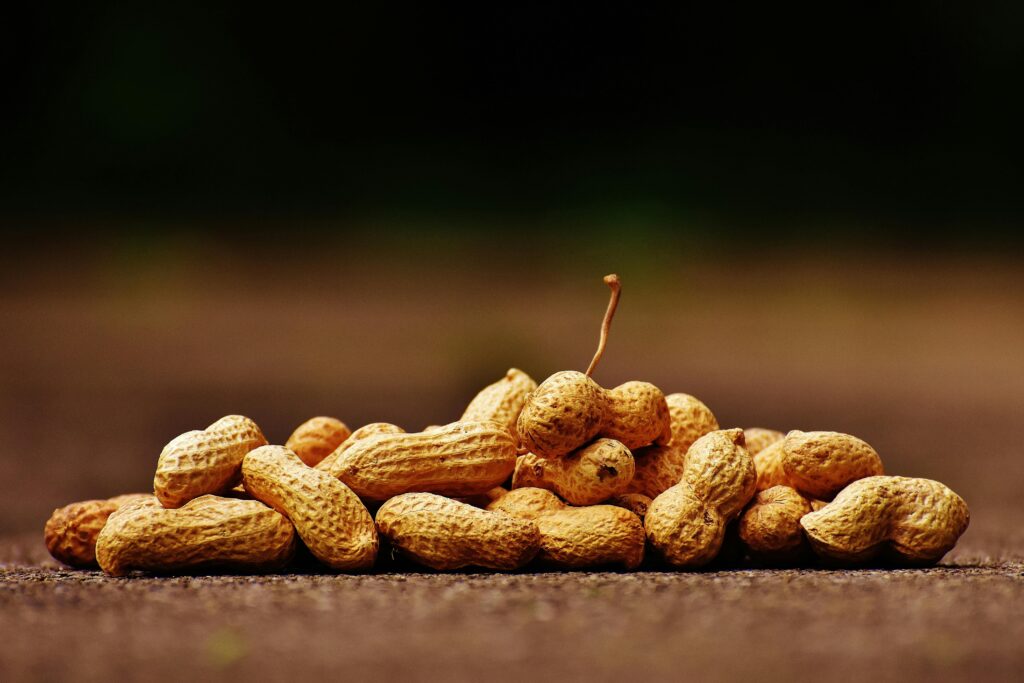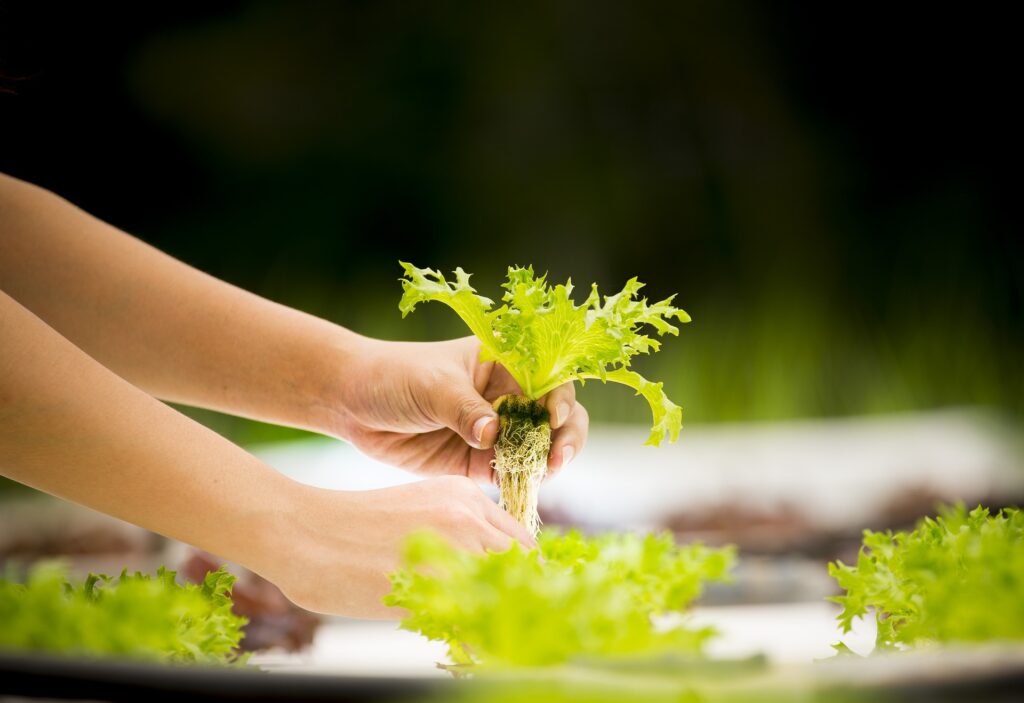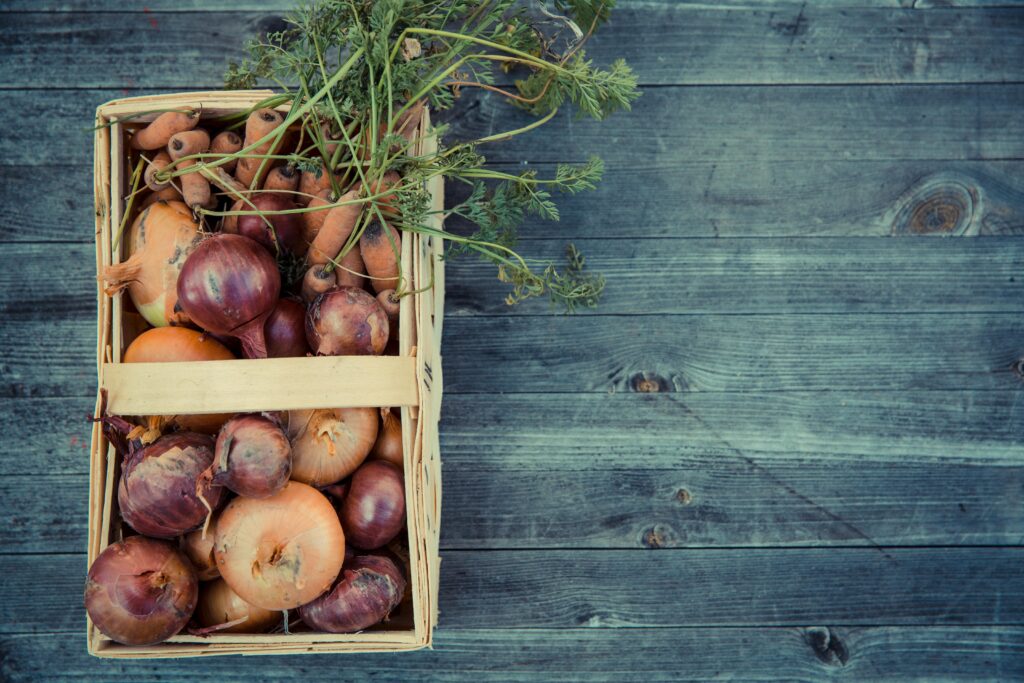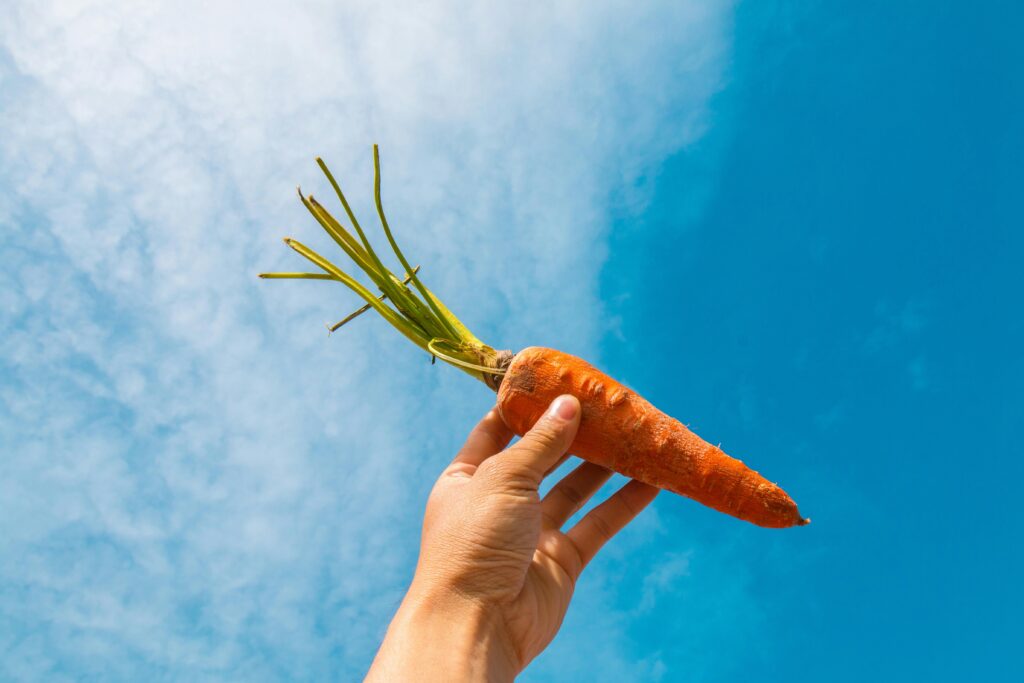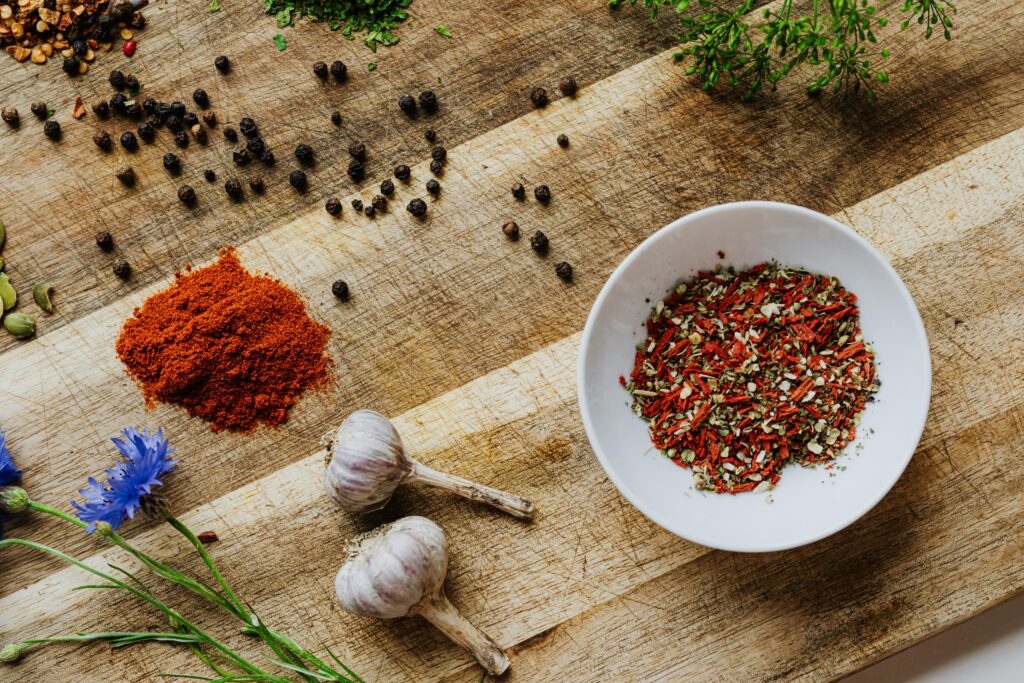Table of Contents
How to Grow Peanuts: Introduction
Growing peanuts can be a deeply rewarding venture, whether you’re a hobbyist looking to cultivate a few plants in the backyard or a farmer aiming for extensive production. The question many beginners ask is: How to grow peanuts? Peanuts, contrary to common belief, are not actually nuts but legumes that grow underground. They require specific growing conditions, but with the right knowledge and approach, you can enjoy a successful harvest.
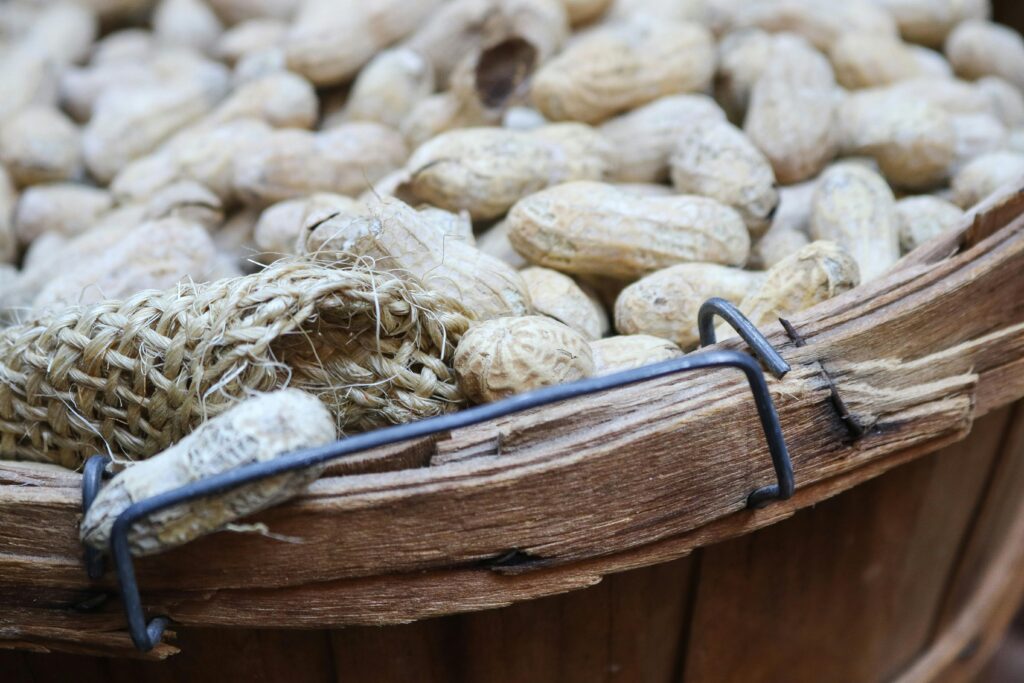
Understanding Peanut Planting Basics
Peanuts thrive in sandy loam soil which allows proper drainage and easy pod development. The optimal climate for peanuts involves warm weather with a temperature range of 65 to 70 degrees Fahrenheit during their growing period. Adequate sunshine and minimal frost risk are crucial for their growth cycle. Understanding these factors is key to mastering how to grow peanuts and ensuring a robust yield.
Choosing the Right Peanut Variety
There are several varieties of peanuts, each with unique characteristics and benefits. The most popular types include Virginia, Runner, and Spanish peanuts. Choosing the right variety depends heavily on your local climate and soil type, as some varieties require longer growing seasons or have specific soil needs.
Preparation for Planting
Before you dive into planting peanuts, adequate preparation is crucial. Start by testing your soil to ensure it has the right pH level and nutrient balance; peanuts prefer slightly acidic soil with a pH between 5.8 and 6.2. Amend your soil as necessary with organic matter to improve its fertility and structure.
Preparing the field also involves clearing weeds and tilling the soil to a depth of about 8 inches. This tilling helps to ensure the soil is loose enough for the peanut pods to grow downward easily. Once the field is prepared, creating rows approximately 30 to 36 inches apart will provide ample space for the peanut plants to spread.
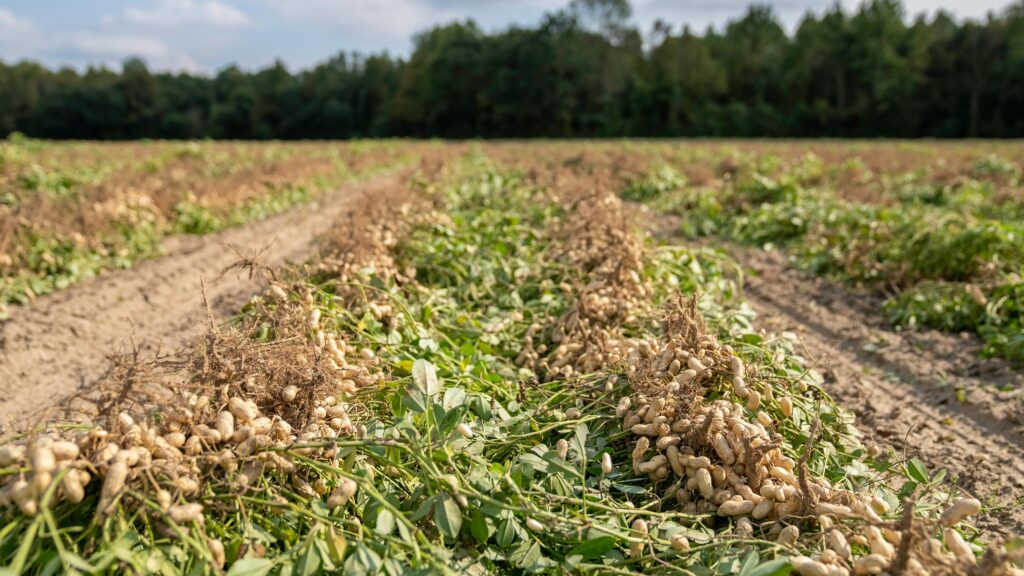
The Planting Process
Step-by-step Guide to Planting Peanuts
Peanuts are typically planted in the spring, once the danger of frost has passed and soil temperatures consistently exceed 65 degrees Fahrenheit. To start, select high-quality seeds from a reputable supplier to ensure good germination.
- Soaking the Seeds: Begin by soaking the peanut seeds in water overnight. This softens the seed coat and speeds up germination.
- Sowing the Seeds: Plant the seeds about 1 to 2 inches deep and 6 to 8 inches apart in the prepared rows. Make sure the soil is well-moistened but not waterlogged.
- Covering and Initial Care: After planting, gently cover the seeds with soil and press down lightly to make good contact between the seeds and the soil. Water the newly planted seeds lightly to settle the soil around them.
Germination should occur within two weeks, provided the soil remains warm and moist. As the seedlings grow, keep the soil weed-free and moderately moist.
Caring for Peanut Plants
Caring for peanut plants involves regular watering, especially during the pod formation and filling stages. Peanuts need about 1 to 2 inches of water per week, depending on the weather conditions. Overwatering can cause the roots to rot, so ensure good drainage.
Feeding the plants is also important. Apply a balanced fertilizer after the plants have established but avoid high-nitrogen fertilizers, as they can promote foliage growth at the expense of pod development. Additionally, ensure that your peanut plants get full sun for at least six hours a day to ensure healthy growth and optimum pod development.
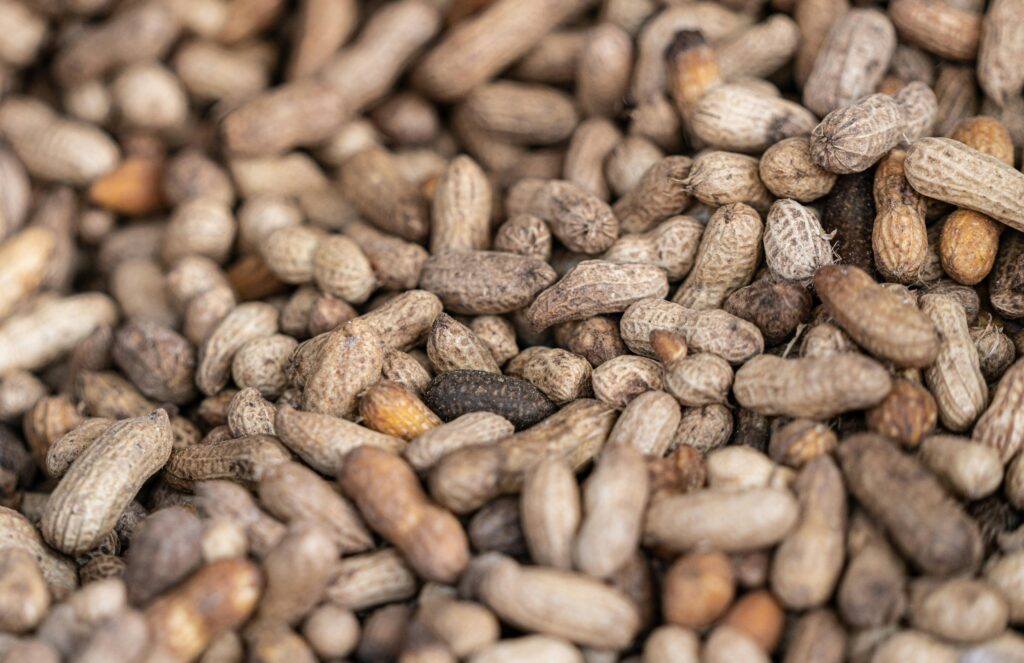
Pest and Disease Management
Managing pests and diseases is critical in learning how to grow peanuts successfully. Common pests include aphids, thrips, and cutworms, which can be managed using organic pesticides or beneficial insects such as ladybugs. Diseases such as leaf spot and root rot can be minimized by rotating crops and using fungicide treatments if necessary.
Avoid planting peanuts in the same location year after year as this can increase the risk of soil-borne diseases. Implementing a three-year rotation cycle with non-leguminous crops can significantly reduce these risks.
Harvesting and Storing Peanuts
Harvesting peanuts is exciting but requires careful timing. Peanuts are ready to harvest when the leaves turn yellow and the inner shells show a darkened color. To harvest, carefully dig around the plant with a spade, lifting the entire plant out of the ground. Shake off any excess soil and hang the plants in a dry, well-ventilated area to cure for about one to two weeks.
Once cured, separate the peanuts from the rest of the plant. Store the peanuts in a cool, dry place. Properly stored, peanuts can last several months and be used for roasting, making peanut butter, or planting the next crop.
Benefits of Growing Peanuts
Growing peanuts offers numerous benefits, both nutritional and environmental. Nutritionally, peanuts are a powerhouse, rich in essential nutrients like protein, healthy fats, vitamins, and minerals. Incorporating homegrown peanuts into your diet can contribute significantly to a balanced, healthy lifestyle.
Environmentally, peanuts have a positive impact on soil health. As legumes, they have the ability to fix atmospheric nitrogen, which enriches the soil, reducing the need for chemical fertilizers and promoting sustainable agricultural practices. Furthermore, peanuts require relatively less water compared to other crops, making them an excellent choice for areas prone to drought.
Cultivating peanuts also provides economic benefits. They can be a profitable crop due to their demand in various industries, from culinary uses to oil production. For small-scale farmers or gardeners, growing peanuts can be a cost-effective way to produce a valuable product that can be sold at local markets or used as a nutritious food source.
How Does Black Pepper Grow? Unveiling the Mystery of Your Favorite Spice
How to Grow Peanuts: Conclusion
We have explored the journey of how to grow peanuts from preparation and planting to care and harvesting. Growing peanuts can be a rewarding endeavor, offering both personal satisfaction and numerous benefits to your garden’s ecosystem. As we have seen, with proper care and attention, anyone can successfully cultivate these versatile legumes. If you’re looking for a new gardening challenge or a nutritious addition to your diet, peanuts might just be the perfect crop. Embrace the joy and rewards of growing your own peanuts!
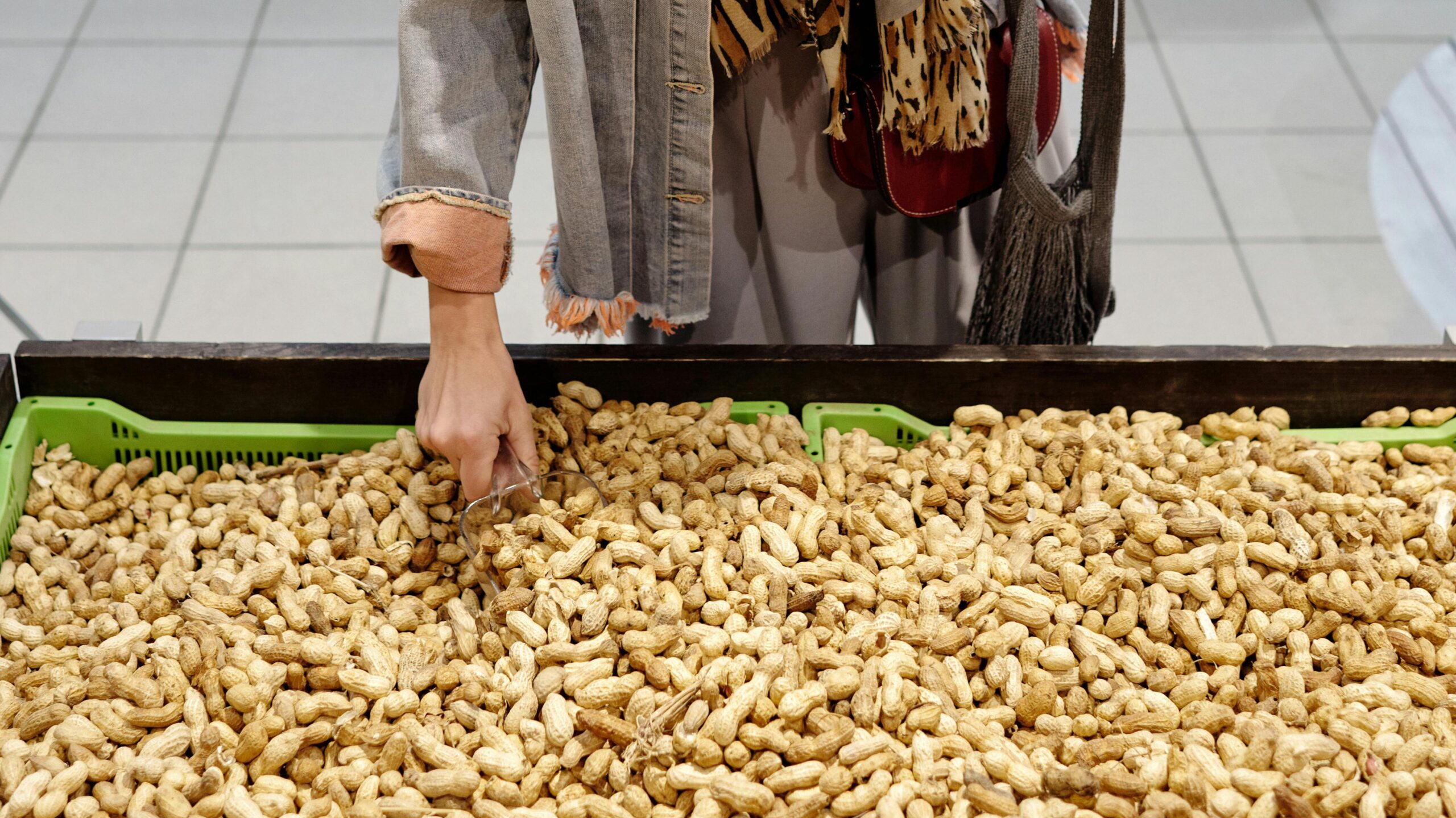
Frequently Asked Questions
What is the best time to plant peanuts?
The optimal time to plant peanuts is in the spring, when the soil has warmed to at least 65 degrees Fahrenheit and there is no longer a risk of frost. This ensures the seeds can germinate properly and grow into strong, healthy plants.
How long do peanuts take to grow?
Peanuts generally require about four to five months to grow from planting to harvest, depending on the variety and growing conditions. This period allows for the full development of the pods, which mature underground.
Do peanuts need a lot of sunlight?
Yes, peanuts require full sun for at least six hours per day. Adequate sunlight is crucial for their growth as it helps in the process of photosynthesis, essential for the development of the plants and the formation of the pods.
Can I grow peanuts in a container?
Growing peanuts in a container is possible if you choose a deep enough container to accommodate the development of the peanut pods, which form underground. Ensure the container has good drainage and use a sandy loam soil mix to mimic their natural growing conditions.
What are common pests and diseases that affect peanuts?
Common pests include aphids, thrips, and cutworms, while typical diseases are leaf spot and root rot. Regular monitoring and implementing integrated pest management strategies can help manage these issues effectively.

